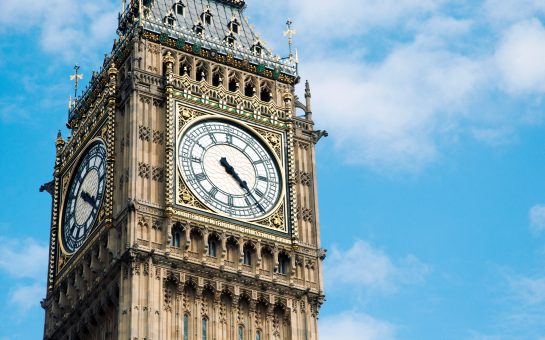Our SW Londoner reporter Tom Meade looks at how much money from charity Christmas cards actually go to good causes.

As a child I sent Christmas cards to my relatives and godparents. Admittedly, this was on mum’s orders and I distinctly remember it being a chore.
Nevertheless, the dutifully written (drawn if they were lucky) cards made their way across the country. These days, I’m afraid to say, my family are lucky to receive a Christmas present that is not shared with my well-organised sister.
The good news is I am aware of the problem, and bought a selection of charity Christmas cards (for next year).
You would hope at least a majority of a charity card’s cost finds its way to the cause of your choice. I confess I was drawn by the lovely ‘sheep on the Chiltern Hills’ in my ten-pack of cards. The bonus was, however, that I had bought from Card Aid, where all net profits go to charity.
Long-term campaigning by the Charities Advisory Trust has brought the standard card donation of high street retailers to 10%, while some such as John Lewis and Clinton Cards give more. The Trust reports the High Street has given more this year than previously.
Cards Galore on Clapham High Street, victor of the Trust’s ‘Scrooge Award’ for two years running, hit the 10% mark for almost all their charity cards except for a shared 7.5% donation to Cancer research UK and the NSPCC for one pack.
A visit to a Brixton WH Smith reveals a pack of ‘Help for Heroes’ Christmas cards gives a paltry 5% of the purchase cost to charity, while also a three-for-two offer.
“Hold the phone” I hear you shout. This may not be the biggest scoop in history, but it highlights an important aspect of charity’s position in society, especially in business.
I believe profiting from charity is unethical. The added PR collects huge profits for manufacturers and retailers across the country. There is an ethical line somewhere, between not profiting from charity and not donating anything, but it is far from the current average.
The High Street norm is a 10% charitable donation. Since 2008 Harrods has reduced its range by 68% and John Lewis by 54%, boosting profitability of non-charity cards.
Online sales are a different picture altogether. A minimum of 40% goes to charity from a Card Aid Christmas card. Some companies, however, can give a miserly 1.1% to charity per card. CCA Occasions received the Trust’s 2011 ‘Scrooge Award.’
A 10p per card flat rate is not dreadful at first, but the cards are often personalised, significantly raising their cost, while the donation remains the same.
Trust Director, Dame Hilary Blume, said: “EU regulations would not allow a meat pie with 2% meat, to be labelled as a meat pie, but cards can be labelled as charity cards with even less than 2% going to charity.”
The 2011 Charities Act received Royal Assent last week, simplifying and clarifying the previous Acts.
A Charities Act review led by Lord Hodgson will go ahead as planned. The Trust hopes that a 10% minimum donation will be introduced to label a card ‘charitable’.
Trust employee Paula Gant agreed, saying: “Otherwise the ‘charitable’ status can be unethically spun as positive PR. Perhaps this should be extended to all items being sold for charity?”
I hope Lord Hodgson’s review forces a change to the minimum charitable donation in Christmas cards; after all, it is a time of giving.
Till then, I’m sticking to Card Aid – at least ‘Sheep on the Chiltern Hills’ saves my relatives receiving some appalling artwork.




